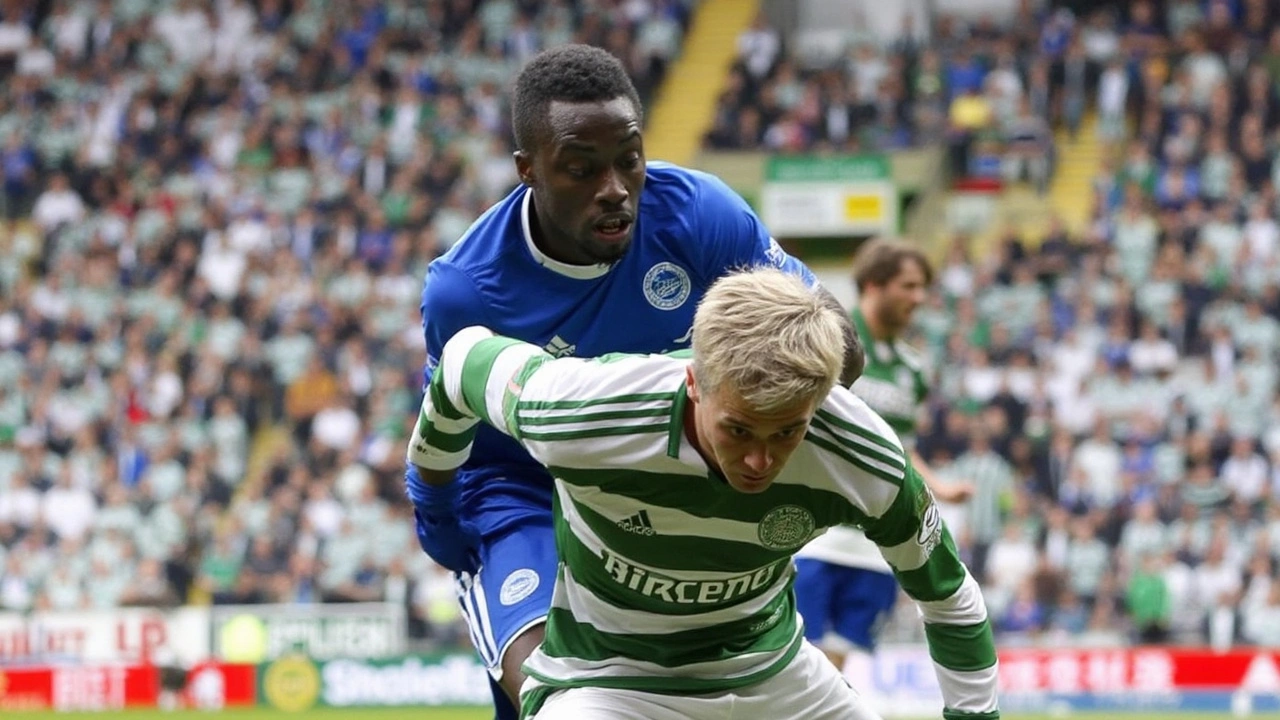Glasgow Derby – Why Celtic vs Rangers Is the Heartbeat of Scottish Football
If you’ve ever heard fans talking about the Glasgow derby, you know it’s more than just a game. It’s a city‑wide event that splits families, fuels bar debates, and lights up the streets of Glasgow. Whether you cheer for Celtic, back Rangers, or just love the drama, this guide gives you the basics you need to understand the rivalry and enjoy the match day.
History of the Glasgow Derby
The derby dates back to 1888 when Celtic and Rangers first faced off. Since then, the two clubs have become symbols of different communities: Celtic with its Irish‑Catholic roots, Rangers with its Protestant, Unionist background. That cultural split turned every match into a statement of identity as well as skill. Over more than 130 years the rivalry has produced iconic moments – from Jimmy McGrory’s record goals for Celtic to Ally McCoist’s towering strikes for Rangers.
Beyond the trophies, the derby has shaped Scottish football’s calendar. A win can decide the league title, affect European qualification, and swing the morale of an entire fan base. The rivalry has survived wars, economic crises, and even a global pandemic, proving its staying power.
What to Expect on Match Day
Walking into a Glasgow derby stadium feels like stepping into a live soundtrack. Fans chant, drums roll, and the smell of fried food mixes with the cold, damp air. Tickets sell out fast, so book early and consider a neutral venue if you want a safer experience. Arrive at least an hour before kickoff to soak up the pre‑match atmosphere – you’ll see face paint, scarves, and plenty of banter across the concourse.
Safety is key. Both clubs work closely with police, so follow entry instructions, keep your belongings secure, and respect rival fans. If you’re new to the scene, stick to the hospitality areas or designated family sections for a calmer environment.
During the match, expect a fast‑paced, physical game. Both sides press hard, and the intensity often leads to heated moments. Keep an eye on the referee’s decisions – they can swing the momentum in a heartbeat. After the final whistle, the celebration (or disappointment) spills out onto the streets, so be prepared for crowds and traffic.
Want to make the most of the day? Grab a pint at a local pub before or after the game. The conversations there are as lively as the match itself, and you’ll hear stories that haven’t made it to the headlines. And if you’re looking for souvenirs, both clubs sell official scarves, shirts, and even limited‑edition derby merch that you won’t find elsewhere.
In short, the Glasgow derby is a mix of history, passion, and pure football drama. Whether you’re a die‑hard supporter or a curious visitor, the experience will stay with you long after the final score. So next time the date pops up on your calendar, grab your tickets, wear your colours, and get ready for one of the world’s most electrifying rivalries.

Rangers Hold Celtic to 1-1 Draw in Glasgow Derby as Guard of Honour Snub Highlights Tense Finale
Rangers and Celtic ended the last Old Firm match of the season with a 1-1 draw at Ibrox. Rangers chose not to recognise Celtic’s championship with a guard of honour. Both teams struggled to find clear chances, with Cyriel Dessers and Celtic’s set-piece goal settling the score. The match saw a tactical battle and a subdued atmosphere.
View more